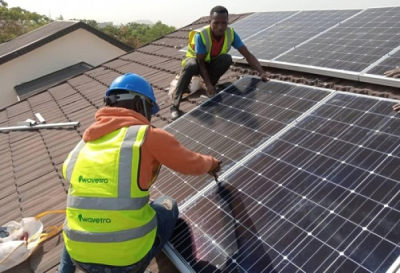Manufacturing plays a crucial role in Africa's economy. Establishing these facilities is expected to further diversify the industrial base, foster resilience against economic fluctuations, and enhance self-sufficiency.
Uganda has launched a state-of-the-art Local Electronics Manufacturing Facility and the Deep Technology Centre of Excellence under the Ministry of Science, Technology, and Innovation. The initiative, unveiled on February 20, aligns with the government's commitment to Uganda’s National Development Plan III and strengthens the country’s position in high-tech manufacturing.
“This milestone is not only a leap forward in our Nation’s journey toward technological advancement and the qualitative leap but also a tangible demonstration of the Government’s commitment to operationalizing Uganda National Development Plan III, ” Minister of Energy and Mineral Development, Ruth Nankabirwa, stated in a LinkedIn post.
The Deep Technology Centre of Excellence is a modern facility dedicated to advancing innovation in emerging technologies, including Artificial Intelligence, Machine Learning, the Internet of Things, Robotics, Biotechnology, Advanced Materials, Cloud and Edge Computing, and Quantum Computing.
The launch highlights the power of public-private collaboration, with government ministries, private sector players, academia, and local communities encouraged to seize this opportunity for innovation and growth. The Energy sector is expected to benefit significantly from the local production of power meters at the center. This will enhance the national grid while enabling businesses and households to monitor and optimize energy consumption.
Beyond energy, the new facilities are set to create jobs, develop skills, and drive innovation, reducing Uganda’s reliance on imports and enhancing its global competitiveness. Officials emphasized that investing in local manufacturing will build a resilient economy and position Uganda as a leader in technology and industrialization.
Uganda's reliance on imported electrical and electronic equipment has been substantial, with imports projected to reach $429 million by 2028, up from an estimated $406 million in 2023. By investing in local manufacturing capabilities, the country can decrease this dependency, retaining capital within the economy and improving the trade balance.
Hikmatu Bilali



















